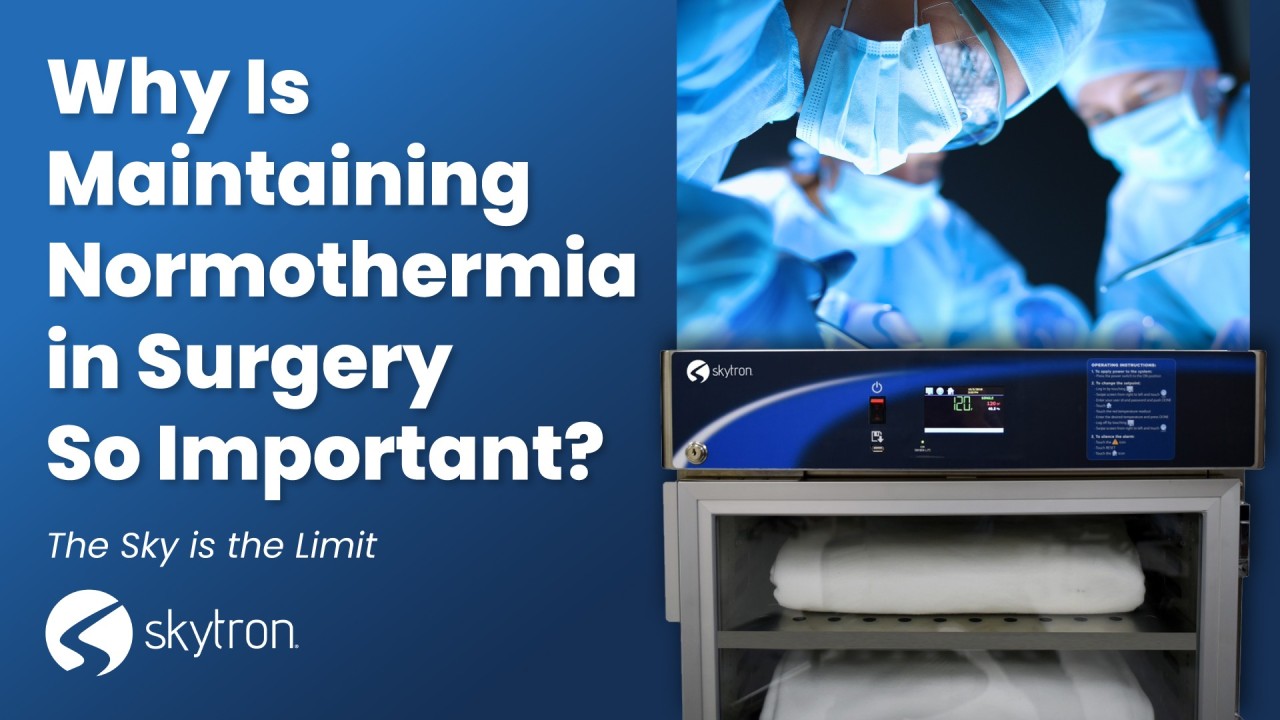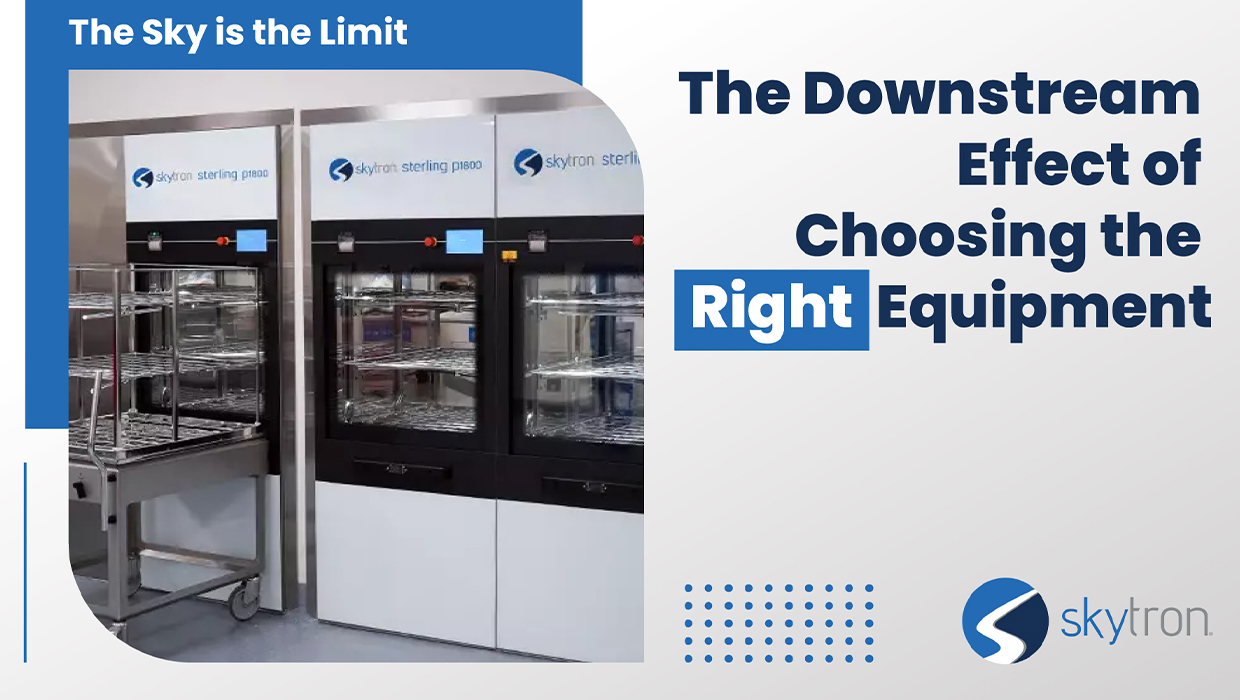
-
Written ByRebecca Kinney
-
PublishedSeptember 25, 2023
Sterile Processing leaders are tasked even further to pay attention to detail (IFUs), juggle multiple specialties of surgery, and balance time management that comes with add-on cases and unexpected inspections from regulatory agencies.
Leadership is much more than just a buzzword. In current times, it feels like it’s become an adjective synonymous with any person who holds a position of power or a term used online to be motivational by nature. Yet, in the world of healthcare, it’s a Titanic-sized task and larger than life requirement of any successful healthcare worker. It involves the lives of those we serve, above and beyond an action or mental well-being. We are tasked with keeping people alive; our leadership capacity can be the literal do-or-die to those we serve. Sterile Processing leaders are tasked even further to pay attention to detail (IFUs), juggle multiple specialties of surgery, and balance time management that comes with add-on cases and unexpected inspections from regulatory agencies. In the medical field, it’s abundantly clear that not all leaders are created equal and that every person at any level/role can be a leader in their own unique way, and the fashion in which they lead can indeed affect the trajectory of people’s lives.
In this article, we will walk through some of the different styles of leadership we see in Sterile Processing and the characteristics that each type of leader holds. How we lead matters; one proven reason why is:
“Effective leadership has been positively associated with increased patient satisfaction and lower rates of adverse health results…effective leaders better retain and support staff, they can indirectly affect mortality rates in patients and positively affect other healthcare quality indicators.”1
We all want to be the type of leader that can positively affect quality and mortality rates. Sterile Processing roles vary, ranging from technician to lead to manager, all the way to department supervisor/director. The truth is this: regardless of your position, you can make a big impact.
Let’s dive into some leadership styles exemplified so you can identify your own and harness it.
Laissez-Faire Leadership
Laissez-faire means “leave it alone” or “let it be.” This type of leader is creative and independent, they don’t micro-manage. They trust that the team they lead understands the job at hand and gives a certain level of creativity to use their resourcefulness to accomplish organizational goals. “Also known as “delegative leadership,” laissez-faire leadership is a method that assesses the unique talents of each employee and assigns responsibilities accordingly.”2

Characteristics include effective delegation, freedom of choice (as long as employees show they can efficiently complete tasks), sufficient resources and tools (provided by management), the ability to deliver constructive criticism, and the ability to take control back of the reigns when needed.
This type of leader thrives in SPD, teams love leaders like this. Because SP techs are rock stars, and once you equip them with the tools and training necessary, they almost always carry on and get it done.
Participative Leadership
In this type of leadership, “the leader turns to the team for input, ideas, and observations instead of making all decisions on his or her own. That’s not to say the leader doesn’t have the ultimate decision-making task; this is to say that the leader understands the team may have skills and ideas that could benefit the decision-making process.”3
It’s exactly how it sounds; this leader participates and is hands-on working with the team. They don’t sit high in a castle behind guarded doors, they walk across the moat and into the castle. Put on the necessary PPE and jump in to work alongside the team. They consider the team’s input valuable when formulating processes and taking action.
Characteristics include great communication, open-mindedness, and collaboration. This person must be a critical thinker (they take the inputs given and still make the ultimate decision right for everyone).
This type of leader is always a big-time winner in SP, everyone loves that they are willing to gown up and clean out the bone mills and wrap the billionth rep set of the day with them.
Transformational Leadership
A transformational leader seeks to inspire positive changes in those who follow. Transformational leadership “is an approach in which a leader inspires and motivates team members to create positive organizational changes. This leadership style can increase group morale, lead to rapid innovation, improve conflict resolution, decrease turnover, and foster a sense of ownership amongst a team.”4
Characteristics include people who are generally energetic, enthusiastic, and passionate. Not only are these leaders concerned and involved in the process, but they are also focused on helping every group member succeed.
Supervisors and directors of SP that are transformational tend to be really contagious to the team. They may get on the technician’s nerves occasionally because who always has that much positivity and encouragement? These types of leaders are still very human. Every department can benefit from having charisma and positivity brought on board to encourage tasks and employees with a difficult, detail-oriented, and often daunting role.
Transactional Leadership
Finally, there is the transactional leader. Transactional leadership depends on self-motivated people who work well in a structured, directed environment. By contrast, transformational leadership seeks to motivate and inspire workers, choosing to influence rather than direct others.
Transactional leadership “focuses on results, conforms to the existing structure of an organization, and measures success according to that organization’s system of rewards and penalties. Transactional leaders have formal authority and positions of responsibility in an organization. This type of leader is responsible for maintaining routine by managing individual performance and facilitating group performance.”5
Characteristics include practicality (they take all realistic constraints and opportunities into account), resistance to change, typically discourage independent thinking (things are good as they are), passive, and appreciate corporate structure.
This type of leader is often a lead or supervisor in SP. They are critical to helping achieve a set of productivity goals in alignment with that of the healthcare organization they work within. They help create department structure and ensure things get done as they should.
A Sterile Processing environment requires laissez-faire, participative, transformational, and transactional leaders. Our hope is this article helps you uncover your unique style of leadership. If it has, we recommend you research it further, create a plan to put the type of leadership you best exhibit into action (for yourself and those in your department), and stay focused on micro-implementation and daily action to get closer to exemplifying the model you strive to achieve.
Skytron knows the importance of sterile processing in hospitals. We also understand that keeping your facility clean and safe for your staff and patients is vital. Keeping your SPD running smoothly and efficiently is our top priority. To learn more about how we help you achieve a higher level of patient care with our solutions, visit Sterile Processing & Control Products from Skytron – Skytron, LLC
Citations:
- 5 Types of Leadership Styles in Healthcare | AHU Online
- Laissez-Faire Leadership: Definition, Tips and Examples | Indeed.com
- Participative Leadership: What it Is and When it Works Best | Udemy Blog
- Transformational Leadership: Definition and Examples | Indeed.com
- What is Transactional Leadership? Structure Leads to Results (stu.edu)






